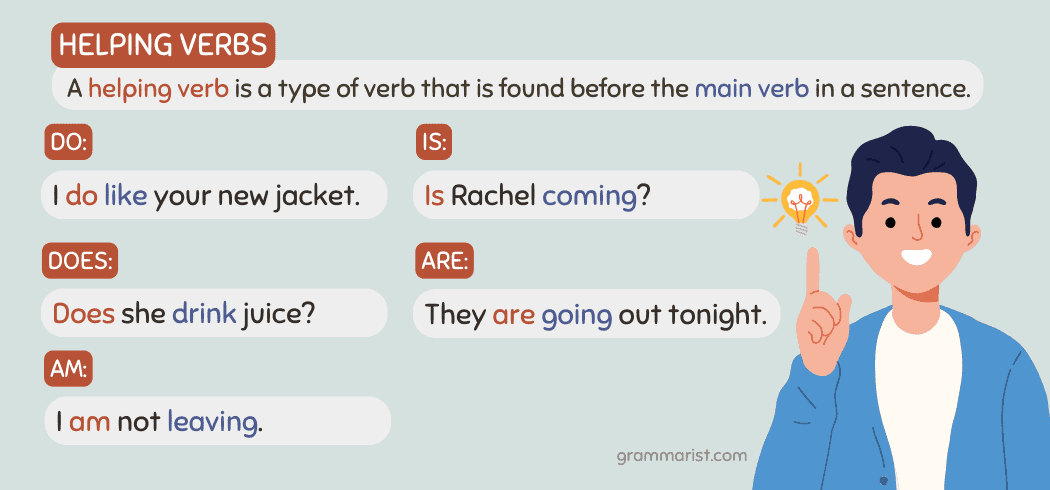How Tattoo Needles Work- Unraveling The Artistry
Have you ever wondered what truly happens when a tattoo artist creates a beautiful piece of body art? It is, you know, more than just drawing on skin. There's a whole world of clever engineering and careful technique involved, all centered around a surprisingly simple tool: the tattoo needle. This tiny but mighty instrument is what makes the magic happen, delivering pigment to just the right spot for a lasting image.
For many, the idea of a needle going into the skin can feel a little, well, intense. But the way tattoo needles function is quite different from what you might picture with, say, a medical syringe. It's less about injecting and more about a delicate dance between the tool, the ink, and the skin itself. Understanding these differences can actually make the whole process seem a lot less mysterious and a lot more fascinating, actually.
We are going to explore the bits and pieces of these essential tools, from their various shapes and sizes to how they move and where they place the color. You will get a clearer picture of what goes on beneath the surface, literally, and how artists choose the perfect needle for each unique design. So, let's take a look at what makes these little wonders do what they do.
- Miley Cyrus I Hear Your Voice
- Is Niacinamide Good For Sensitive Skin
- How To Volunteer For The Macys Thanksgiving Day Parade
- Indianapolis Homicides
- Noah Beck Physique
Table of Contents
- What Makes a Tattoo Needle Tick?
- Why Do Tattoo Needles Come in So Many Shapes?
- How Deep Do Tattoo Needles Go?
- How Does a Tattoo Machine Get Needles Moving?
- Keeping Things Clean and Smooth
What Makes a Tattoo Needle Tick?
When we talk about tattoo needles, we are actually discussing a whole family of tools, each with its own job. You see, every tattoo needle has a code that tells you quite a bit about it. These codes, like 9RL or 5RS, are kind of like secret messages that tell an artist about the number of individual points on the needle and how they are arranged. It is, you know, a system that helps keep things organized.
These individual points, or needles, are made from surgical steel, which is a very specific kind of metal. This material is chosen because it is strong and safe for use on people. Manufacturers create these needles in various dimensions, which means the artist has a wide array of options to pick from. So, a tiny tattoo, for instance, will likely call for a smaller needle, while a larger design will need a bigger one, pretty much.
The actual dimension of each individual needle point matters a lot, too. This isn't just about how big the line looks on your skin; it also affects how much ink can flow beneath the surface. Smaller, thinner needles, sometimes called bugpins, allow for a more delicate flow of ink. This makes them really good for creating fine lines and intricate details, as a matter of fact.
- Dress Drawing
- Birthday Gift For 60 Year Old Woman
- Plus Size Skinny Jeans
- Chris Kyle Hometown
- Furzapper Review
- Dress Tailoring Near Me
- Where Is The Royal Princess Cruise Ship Now
- Why Is No One Ready Devil Wears Prada
- Black By Vera Wang
- Wally Lamb Novels

One Dose In, And Your Life Will Never Be The Same!

When to Use Do, Does, Am, Is & Are?

Do does did правила вживання цих дієслів та приклади речень - Grade.ua